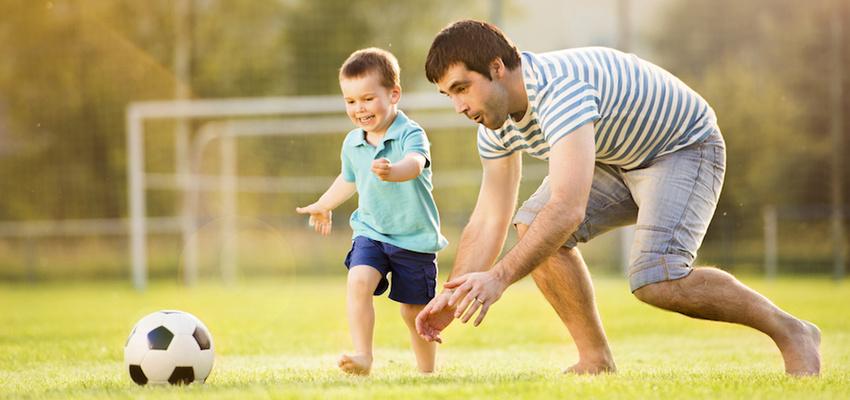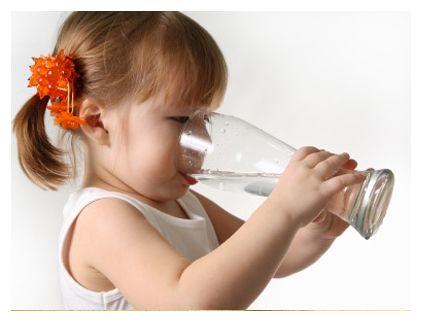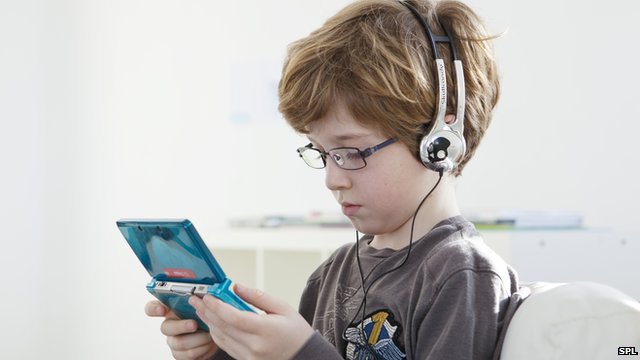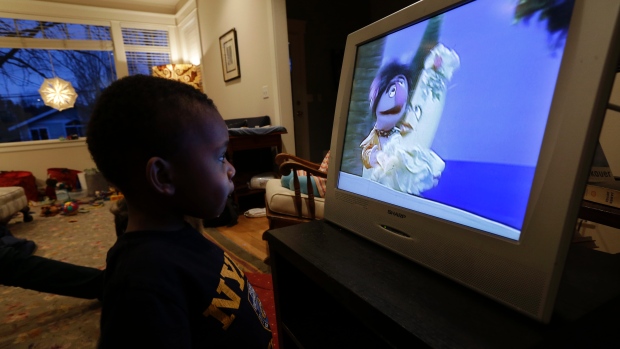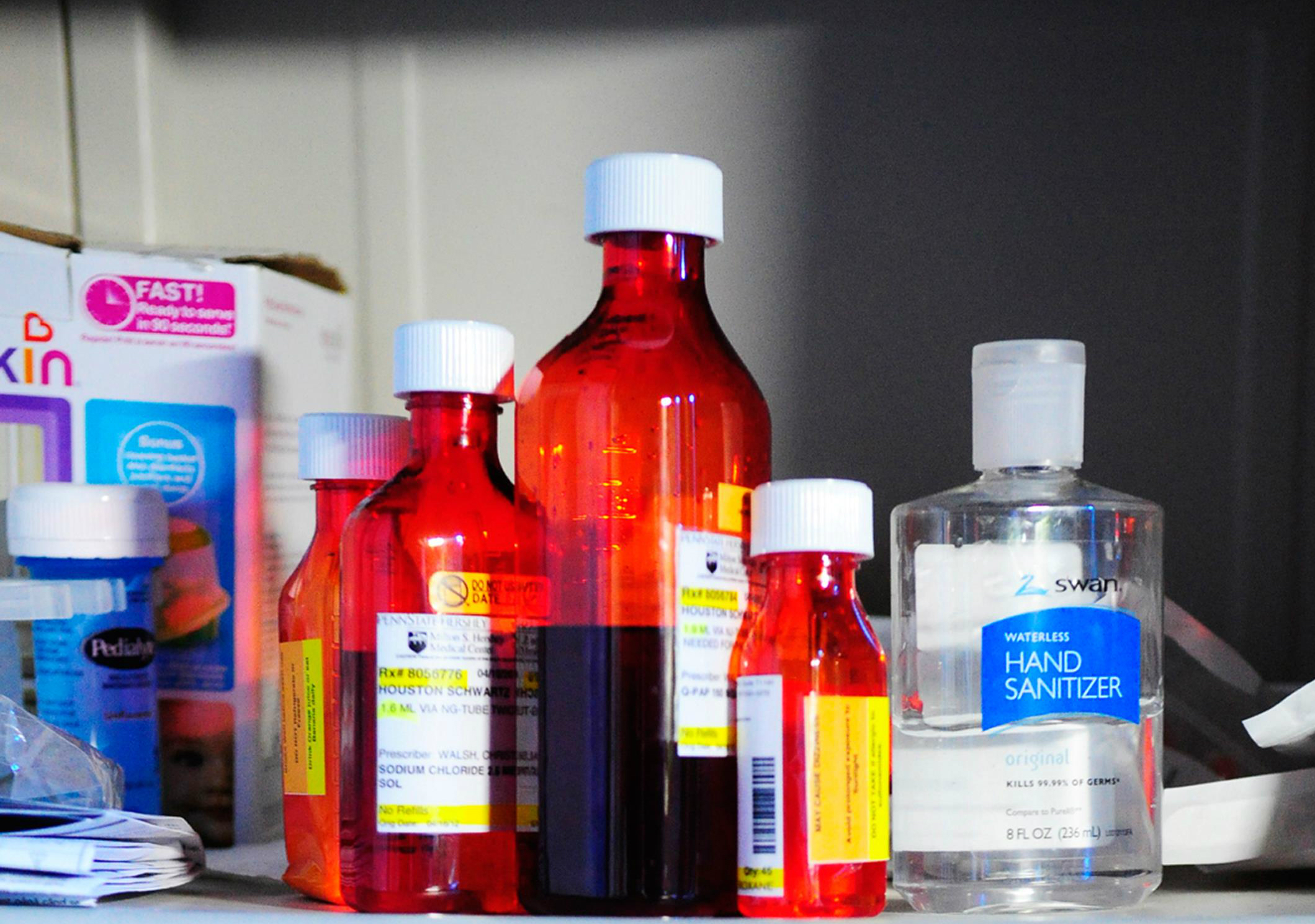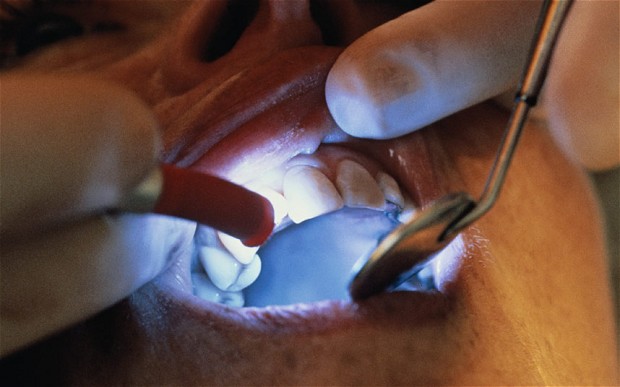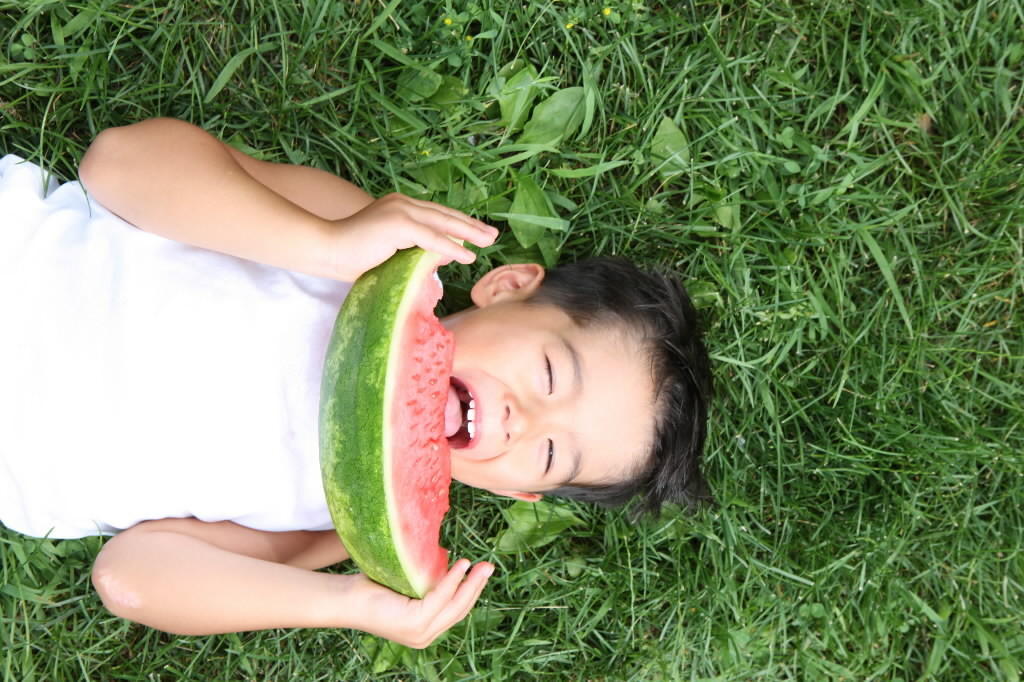As much as we might like to, we can’t protect our kids from every bump or scrape or bruised ego. Boo-boos happen. Feelings get hurt. We can’t avoid the crumpled face of a toddler about to cry, or the slammed door of a frustrated teenager. Our kids have to learn some things on their own.
But if we want our kids to have the best chance of living a healthy life, we’ve got to equip them now with the right mindset and habits to take with them into adulthood.
As a health coach and fitness trainer, I’m often asked how I got my three kids (all young adults now) on board with healthy lifestyles. (Believe me, they aren’t perfect … but they make healthy choices most of the time.) My daughter is a vegan, ballerina and into yoga. My two sons love playing hockey and water sports, and sometimes I even catch them looking their food up on Fooducate to see if it’s healthy. That makes me one proud mama.
So I gave it some thought and here are six things you can do to influence your kids to choose a healthy lifestyle.
1. Practice what you preach.
You can’t ask your kids to do things you don’t do. You can’t ask them to eat their veggies if you never do, nor can you preach the health benefits of exercise if you never get out there and sweat. Your kids are watching you. Your actions speak volumes. My kids watched me work out regularly, make healthier desserts, find delicious ways to prepare veggies, make smoothies or healthy snacks and drink lots of water. Our kids pick up our habits.
Pay attention to what you say about yourself, too. Focus on positive self-talk and favorable statements about your body. If you’re obsessed with the scale, you are teaching your kids to be obsessed with the scale. Show them a healthy relationship to your body and to food. Focus on the positive. When my kids got on the school bus I’d always say, “The glass is half empty or half full today; it’s up to you.”
2. Make dinnertime a learning time.
At the dinner table, when my kids were little, I’d ask them: What on your plate is a protein? What’s a carb? We’d talk about how you need carbs for energy and how proteins help your muscles work. We’d chat about some of the health benefits found in veggies, or how fruit is nature’s dessert. They learned that food is fuel for the body.
I’d play a game with my kids called plant, animal or tree that spurred lots of conversation. I’d have them name where their food came from and we’d talk about how things grow. If your food is processed and comes from a box, it makes it a tough game to play.
3. Put yourself first.
For as long as I can remember, I’ve had a family whiteboard in our mudroom and every Sunday night I write everyone’s schedule on it for the entire week. If my kids see: “Mom is working out from 9am to 10am” they know that’s not a good time to ask me anything. They learned to respect my time. When my kids saw me prioritizing my health, they learned to do the same. Sacrificing ourselves and our needs for the sake of our kids (the whole martyr thing) only teaches our kids that we don’t value ourselves. And don’t forget that when you take care of yourself, you’re better equipped to take care of your kids — mentally and physically.
4. Pick your battles.
I battled with my kids about why we don’t eat white bread and why I wouldn’t buy it. They’d see it at school and want to have it at home for sandwiches. I explained why it isn’t healthy and why I wouldn’t budge. You can’t control what your kids are exposed to at school, but you can control meal options at home. I’d always acknowledge how my kids felt and validate their emotions, but I stayed consistent.
I don’t eat fast food, so we didn’t make regular weekly trips to the golden arches. Sometimes we all opt for what’s easy, especially when a day goes haywire, but as long as your choices are healthy most of the time, your kids get the message. If we were on a road trip, we might pick a quick restaurant that doesn’t have a drive-through (think Chipotle or Subway) as those tend to be a little bit healthier than the fast food options.
5. Be active together as a family and make it fun.
I always say: The most important workout is the one you do. If you despise something, you probably won’t do it, and you definitely won’t stick with it. Find a type of exercise you love to do and encourage your kids to do the same. Get active as a whole family. You don’t have to sign up for a triathlon, just get off the couch. Go to a park. Visit some museums. Go to a fair. Simply have a goal to move more and get every day activity. Go for a hike, swim or bike, or try something new like paddle boarding. If your kids learn that exercise time can be fun time — solo or as a family — what more could you ask for?
6. Get your kids involved in sports.
Give your kids a chance to try a sport. Let your kids decide a sport to try and experiment to find the one they like. If team sports aren’t for them, how about individual sports like swimming, golf, tennis, sailing, karate, wrestling, or dance?
Team sports build camaraderie, teach teamwork, and encourage friendships. Sports show kids to believe in their bodies and what their bodies can do, take care of their health, learn leadership skills and work as a team. Kids learn about winning and losing. Many adults recall a favorite coach who became a mentor and was a positive influence. Sports teach skills that can last a lifetime.
When our kids see us blazing a healthy path, they just might follow in our footsteps.
Source; mind body green


